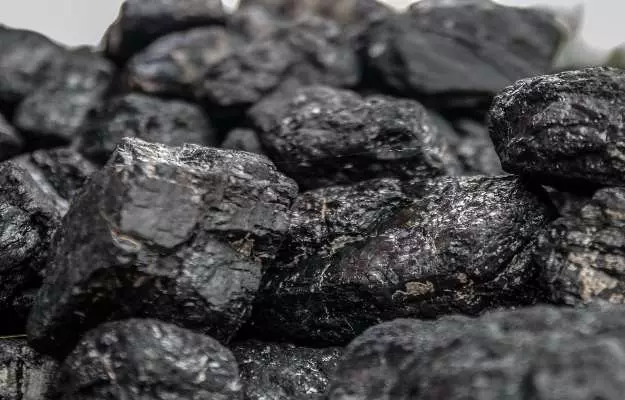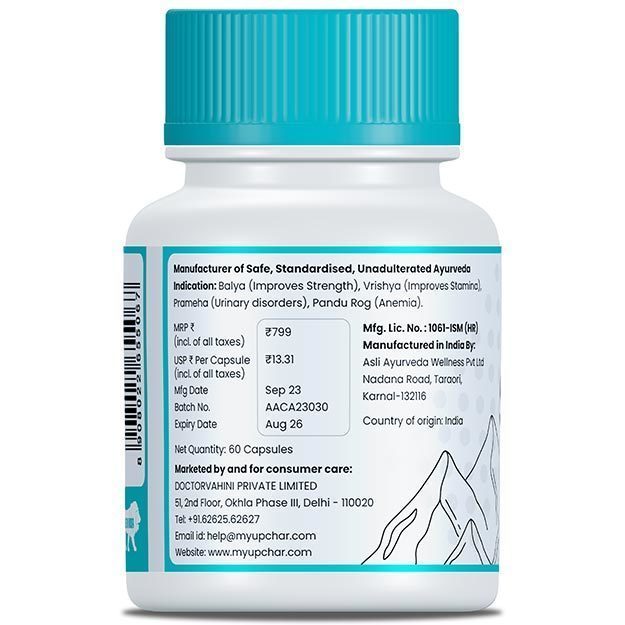What is Shilajit?
Shilajit is a naturally occurring mineral substance found in the Himalaya and Hindukush ranges of the Indian subcontinent. It is a rare resin which is made by thousands of years of decomposition of plants and plant materials. This trapped plant material then comes out from the rocks in the form of a brownish to black sticky gum-like substance. Ayurveda, the Indian traditional system of medicine, has long been using shilajit for its health-building properties. Mentions of shilajit are found in Charaka Samhita and Sushruta Samhita, wherein it is called “stones of metal like gold” and as a gelatinous substance. In Ayurveda, shilajit is considered as a “rasayana” (tonic) referring to the benefits of shilajit in promoting overall health. In fact, the name shilajit aptly translates to “conqueror of mountains and destroyer of weakness”. Unfortunately, modern science still needs to explore this natural wonder.
Did you know?
According to ayurvedic doctors, the smell of shilajit is said to be like that of cow’s urine. Folklore claims, that if it's consumed in the unadulterated form shilajit highly beneficial for both men and women.
Some basic facts about shilajit:
- Latin name: Asphaltum punjabianum
- Common name: Asphalt, mineral pitch, mineral wax, Shilajit
- Sanskrit name: Shilajit, Silajita
- Geographical distribution: Shilajit is most commonly found in the Himalayas with Himachal Pradesh, Uttarakhand, Arunachal Pradesh, and Kashmir having the most abundant reserves. It is also found in China, Nepal, Pakistan, Tibet, and Afghanistan.






























